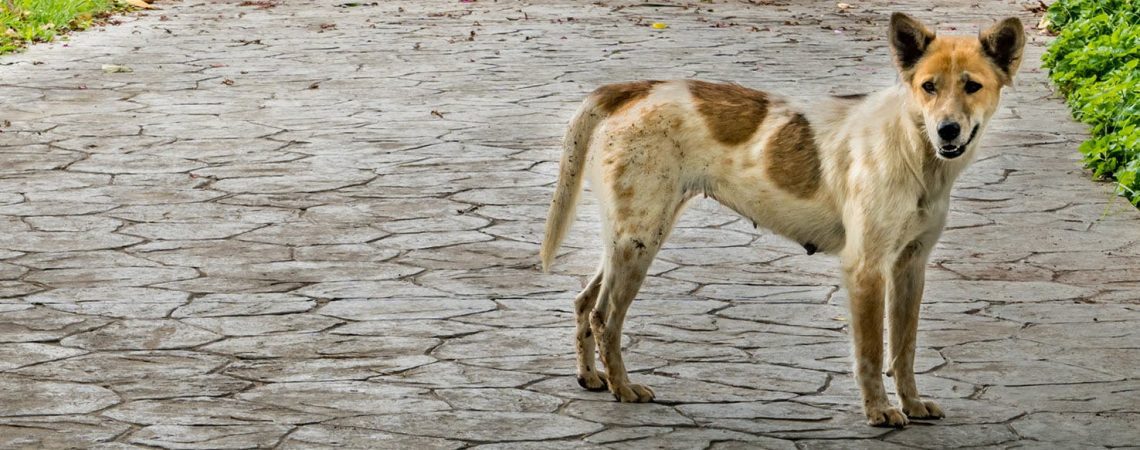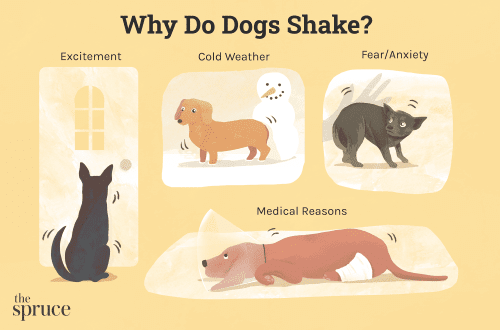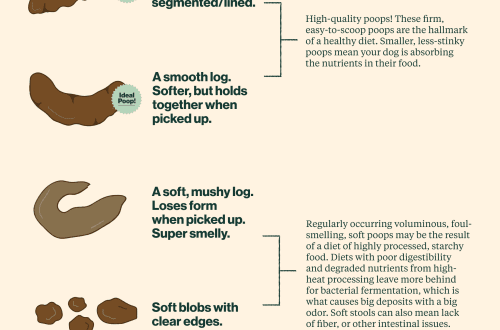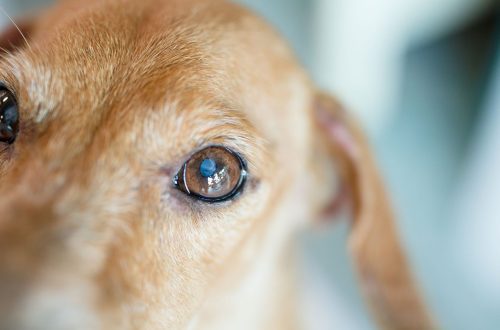
Deprive the dog. What to treat?
Contents
How does a dermatophytosis infection occur?
The threat of contracting this disease occurs through direct contact with a sick animal or with an animal carrier (cats may be asymptomatic carriers of Microsporum canis) and through contact with the environment where the sick animal was located. Transmission factors – various care items: containers for transportation, combs, harnesses, muzzles, toys, beds, clippers, etc.
Dermatophyte spores are well preserved in the external environment for up to 18 months. Trichophytosis is most often contracted through contact with wild animals – reservoirs of the causative agent of this disease, most often these are rats and other small rodents. Some fungi of the genus Microsporum live in the soil, so dogs that like to dig holes or are kept in aviaries are more at risk of infection.
Symptoms of the disease
The classic picture of dermatophytosis (lichen) is single or numerous annular skin lesions, with hair loss, peeling in the center and the formation of crusts along the periphery, usually they are not accompanied by itching. Lesions may increase in size and merge with each other. The skin of the head, auricles, paws and tail is most often affected.
In dogs, a peculiar course of dermatophytosis with the formation of kerions is described – single protruding nodular lesions on the head or paws, often with fistulous passages. There may also be extensive lesions on the trunk and abdomen, with a strong inflammatory component, reddening of the skin and itching, the formation of a scab and fistulous tracts. Some dogs may have swollen lymph nodes.
Clinically, dermatophytosis can be very similar to a bacterial infection of the skin (pyoderma) or demodicosis, as well as some autoimmune diseases, so the diagnosis is never made on clinical grounds alone.
Most often, young dogs under the age of one year suffer from this disease. The appearance of dermatophytosis in older dogs is usually associated with the presence of other serious diseases, such as cancer or hyperadrenocorticism, or with inadequate use of hormonal anti-inflammatory drugs. Yorkshire Terriers and Pekingeses are more prone to this disease and more likely to develop severe infections.
Diagnosis and treatment
The diagnosis of dermatophytosis cannot be made only on the basis of external signs of the disease. The standard approach includes:
Testing with a Wood’s lamp – revealing a characteristic glow;
Microscopic examination of individual hairs from the periphery of the affected areas to detect characteristic changes in the structure of the hair and spores of the pathogen;
Sowing on a special nutrient medium to determine the genus and type of pathogen.
Since each method has its own advantages and disadvantages, a combination of these methods or all at once is usually used.
Treatment consists of three components:
Systemic use of antifungal drugs (orally);
External use of shampoos and medicinal solutions (to reduce the entry of pathogen spores into the environment);
Processing of the external environment (apartments or houses) to prevent re-infection of ill animals or people.
In healthy dogs and cats, dermatophytosis may well go away on its own, as it is a self-limited disease (which gives rise to many myths about treatments), but this can take several months and lead to contamination of the environment with dermatophyte spores and possible infection of other animals and people. Therefore, for diagnosis and treatment, it is best to contact a veterinary clinic.
The risk of contracting dermatophytosis in humans occurs through contact with a sick animal or carrier, and human infection occurs in approximately 50% of cases. Children, those who are immunocompromised or undergoing chemotherapy, and the elderly are more at risk of infection.





